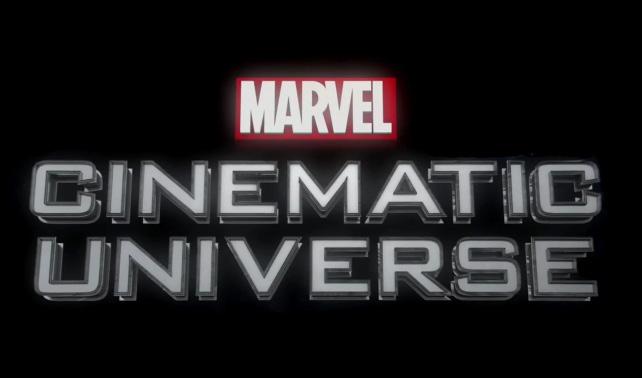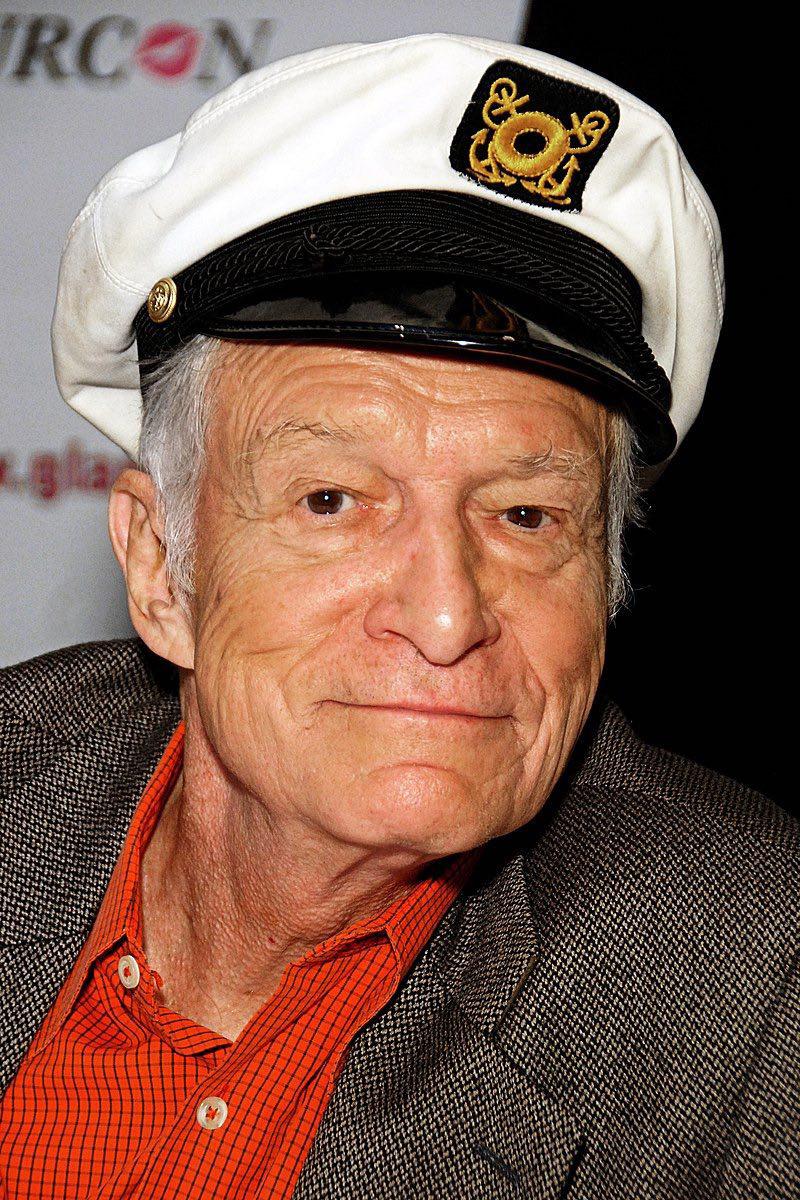
13 minute read
ARTS & POP CULTURE
THURSDAY, OCTOBER 13, 2022 tuftsdaily.com
Heroes, gods and monsters: A recap of this year in Marvel
Advertisement
by Nate Hall
Assistant Arts Editor
Over the last 14 years, the Marvel Cinematic Universe has become a cultural juggernaut. The release of “Iron Man” (2008) marked the beginning of a decade-long saga that spanned nearly 30 movies, peaking with the record-breaking hit “Avengers: Endgame” (2019), in which fan favorites such as Iron Man, Black Widow and Captain America departed from the franchise. Although “Endgame” provided a satisfying ending to the MCU’s narrative, Marvel has kept the story going with a host of new movies and TV shows.
The MCU separates its stories into phases, with “Endgame” and “Spider-Man: Far from Home” (2019) marking the end of Phase 3. After a series of COVID-19-related delays, Phase 4 kicked off in early 2021 with the critically acclaimed miniseries “WandaVision” (2021), followed by four more TV shows and four movies later in the year. The sheer quantity of content is hard for even committed fans to keep up with.
This year began with the release of “Moon Knight” in March, a Disney+ miniseries starring Oscar Isaac as a man with dissociative identity disorder who becomes a superhero. Playing the dual roles of American mercenary Marc Spector and British museum worker Steven Grant is a difficult task that Isaac takes on with ease. The series has a darker tone than most Marvel projects and features no characters from previous MCU works, but don’t let that discourage you. Both an honest portrayal of mental health and an exploration of Egyptian mythology, the series tells a unique, action-packed story. Although the finale leaves viewers with many unanswered questions, it’s worth the watch for strong performances from Oscar, May Calamawy and Ethan Hawke, as well as a beautiful score.
In May, “Doctor Strange in the Multiverse of Madness” continued its title character’s story with the addition of Elizabeth Olsen as Wanda Maximoff. Although it featured stunning visuals and strong performances from Olsen and Benedict Cumberbatch, its ambitious storyline doesn’t stick the landing. The highly anticipated film dives deeper into the concept of the multiverse, but it’s packed to the brim with exposition and CGI battles. The movie fails to do justice to Wanda, reducing the character to a one-dimensional version of her former self. “Doctor Strange” also suffered the misfortune of being released just two months after “Everything Everywhere All at Once” (2022), a beautifully absurd indie film that does a much better job exploring the concept of the multiverse.
Next up is “Ms. Marvel,” another Disney+ series which premiered in June. “Ms. Marvel” tells the story of Kamala Khan, a Pakistani American teenager from Jersey City who gains cosmic superpowers. Along with “Moon Knight,” this show is one of the few recent MCU projects that feels truly new and original. The series explores Kamala’s family, friendships and heritage, proving that you don’t have to have a huge fight scene every week to tell an effective superhero story. The show explores Pakistani culture and the challenges of growing up, but its message will resonate with all viewers. With a likable cast of characters, an excellent lead performance from breakout star Iman Vellani, a unique visual style and well-written dialogue, the series is worth checking out.
July brought fans back to the theaters with “Thor: Love and Thunder,” the latest installment of the Norse god’s story from director Taika Waititi. This film saw the return of Thor’s former love interest, Jane Foster (Natalie Portman), and introduced Gorr the God Butcher (Christian Bale) as its villain. While it’s not as good as its predecessor “Thor: Ragnarok” (2017), which perfectly integrated action and humor, it’s still a fun, flashy adventure with lots of humorous moments. However, the movie struggles with pacing, cramming all of the drama into its much darker second half. Bringing Jane Foster back was a good decision, as Portman’s character complements Chris Hemsworth’s Thor and brings the events of the series full circle. Bale fully transforms into the role of Gorr, becoming a complex villain that audiences can both fear and sympathize with. Bale’s character deserved a larger role — or perhaps he should’ve been in a different movie entirely, one that matched the seriousness of his performance.
In August, “She Hulk: Attorney at Law,” a new television series, premiered on Disney+. The show is about attorney Jennifer Walters (Tatiana Maslany), a cousin of the Hulk who becomes a Hulk herself and leads the Superhuman Law Division. The show has been praised by critics, but not by fans — it has a 36% from audiences on Rotten Tomatoes. In actuality, the show falls somewhere in the middle of these reviews. Its lighthearted tone is enhanced by fourthwall breaks and self-referential humor, and Maslany is the perfect choice for the title character. However, it tends to feel like the writers are throwing everything at the wall to see what sticks, with lots of lazy, dated jokes and new characters introduced every week that never get fleshed out. Additionally, the VFX used to turn Jennifer into She-Hulk are hit-or-miss (mostly miss), which distracts viewers from the show’s plot.
Phase 4 of the MCU will conclude with a holiday-themed TV special and the release of “Black Panther: Wakanda Forever” in November. The long-awaited sequel to “Black Panther” (2018) will be the first film set in Wakanda since the death of lead actor Chadwick Boseman in 2020. Next year, we enter Phase 5 with a new Ant-Man movie, a Guardians of the Galaxy sequel, a TV series starring Nick Fury and many other projects we don’t have time to talk about here. The question now is: What does the future hold for the MCU in the long run?
The first big clue comes from Marvel Studios president Kevin Feige, who described Phases 4–6 as “the Multiverse Saga” at a Comic-Con event this summer. This means that the concept of the multiverse, as seen in the “Doctor Strange” films, will have important implications for the entire MCU going forward. The multiverse was explored last year in season 1 of “Loki” (2021–), where viewers were introduced to He Who Remains (Jonathan Majors), a scientist who seeks to prevent a multiversal war between evil variants of himself. One of these variants, known as Kang the Conqueror, is set to be one of the main antagonists of the Multiverse Saga — you’ll see him in next year’s “Ant-Man and the Wasp: Quantumania” (2023).
The multiverse was also featured in last year’s “SpiderMan: No Way Home” (2021), in which a spell cast by Doctor Strange goes wrong, bringing heroes and villains from previous “Spider-Man” films into the Marvel universe. The inclusion of former SpiderMen Tobey Maguire and Andrew Garfield in “No Way Home” was not a one-off: We’ll be seeing more Marvel heroes from other universes cross over into the MCU, including the X-Men, who have already made some appearances, as well as Daredevil and the Fantastic Four, both of whom will be getting their own MCU projects in the near future. As the new era of the MCU starts to take shape, we’ll also be introduced to a new team of antiheroes known as the Thunderbolts. Originally featured in Marvel Comics, the group will include Bucky Barnes, Yelena Belova, Ghost and several other fan favorite characters.
Looking even further ahead, Marvel has two new Avengers movies set for 2025. The first one is titled “Avengers: The Kang Dynasty,” so there’s no question who the villain will be. But with half of the original Avengers gone, who are the heroes? The comics can provide some clues here — it looks like Marvel is assembling the Young Avengers, a new incarnation of the original team of heroes. In the comics, the group includes several MCU characters, including Kate Bishop, Cassie Lang and America Chavez, but we should expect to see some other familiar faces join them as the young heroes pick up where their predecessors left off.
As it enters a new era, the Marvel Cinematic Universe has introduced viewers to a never-ending assortment of heroes and villains this year. Some of this year’s stories, like “Moon Knight” and “Ms. Marvel,” have highlighted Marvel’s continued success, while others have failed to live up to expectations. Only time will tell if they reach satisfying conclusions. Although this year’s movies and TV shows have wrapped up their stories, many of their characters will return in future projects. That’s the way things are in the MCU — characters come and go, but the story never really ends.
The Marvel Cinematic Universe logo is pictured.
VIA WIKIMEDIA COMMONS
by RaiAnn Bu
Arts Editor
Chilly air, leaves falling, an ominous wind. Fall season is upon us again and one of the spookiest days of the year is imminent: Halloween. Don’t let the ghosts distract you from the real fear of Halloween: ugly costumes.
There are the classic Halloween costumes that are expected to be seen every year, such as cats, witches, vampires, etc. However, within the past few years, a Halloween Instagram scroll would not be complete without a red bathrobe and pajamas, the typical Hugh Hefner Playboy costume. Since Hefner’s death in 2017, the Hefner Playboy costume still comes back strong each year, cementing itself into the cultural zeitgeist as a go-to costume for college-aged men.
Hugh Hefner, in his lifetime, built his fortune off of the exploitation of women. Whether it was coercing women for sex, publishing nude pictures of underage girls or generally contributing to the objectification of women, Hugh Hefner was a pioneer in misogyny. His complicated history is often eclipsed by his final image. Before his death at 91, Hugh Hefner donned the human costume of an old harmless grandfather, resting on his treasures of being a visionary in the entertainment industry. His santized legacy includes embodying the American male fantasy, contributions to the First Amendment, the sexual revolution and strong support of Obama’s political campaign. Many look back at Hefner’s image as an adored celebrity who stood by his ‘progressive’ ideals of anti-censorship, anti-racist and pro-liberatian views, ignoring the blatant human exploitation he profited off of.
When one criticizes the legacy of Hugh Hefner, they are always labeled as feminist, raising their fist at the indominable patriarchy. This quick assertion implies the separation of women’s rights from human rights, suggesting that only an uptight person informed about women’s rights would comment on their mistreatment, as if women are not also people. He was a criminal, coercing women for sex in exchange of help in furthering their careers, publishing their nude pictures without their consent, allowing a 10-year-old to pose nude on a Playboyaffiliated magazine and abusing women in his Playboy mansion. There should be no feminist element tied to the condemnation of Hugh Hefner, but rather a general human concern.
From a non-scorned point of view, the Hugh Hefner costume is in no way original or often well done. It is more often lazily done, consisting of a red bathrobe and at least one woman and — if one can be so lucky — a pipe and a hat. Halloween is a time of fantasy, so for some, a Hugh Hefner costume can allow one to pretend they are powerful, important to others and desired by women for one night of the year. However, it redeems itself in its recognizability.
The Playboy Bunny costume, a needed accessory to the Hefner costume, carries a complicated legacy as well. Since the Playboy Bunny costume, different renditions of bunny costumes have arisen into pop culture: Elle Wood’s pink bunny costume, “Mean Girls” (2004), “Bridget Jones’s Diary” (2001) and Mai from “Seishun Buta Yaro wa Yumemiru Shoujo no Yume wo Minai” (2019). These costumes have diverged distinctly from the original Playboy Bunny costume so that a bunny costume without the presence of Hefner is no longer synonymous with the Playboy Bunny.
The Playboy Bunny costume was originally designed by the owner of the first Black-owned boutique on Broadway, Zelda Wynn Valdes. Valdes was known for costuming famous Black women such as Ella Fitzgerald and Josephine Baker. The original costume is intricately constructed with corset boning and lacing, no doubt taking intensive skill to design and sew. The piece carries the endearing vintage silhouette with the corset detailing, bullet bra and highcut leg while also catering to a modern bombshell sex appeal, an unfortunately cute product from Hugh Hefner.
Many articles dive into the generosity of Hugh Hefner and Playboy Enterprises, despite claims of abuse from his victims. His image has become so sanitized that his legacy is untouchable. The popularity of the Hugh Hefner costume reaffirms this glorified legacy and demonstrates the active ignorance of sexual predators.
Like many men who have come before him and will come after him, Hugh Hefner is untouchable aside from the raging feminist army. It affirms that misogyny can be excused given the right press team peddling the glory of being the male dream. It is the publicity that has kept those such as Leonardo DiCaprio, James Bond, John F. Kennedy and “The Wolf of Wall Street” (2013), above facing the consequences of their actions.
Also, Hugh Hefner was an anti-vaxxer.

Hugh Hefner is pictured.
VIA WIKIMEDIA COMMONS


Ellie Lester and Cole Reese
The Art of Good Soup Are udon(e) yet?
This is a message for Shanghai Moon Restaurant in Medford, Mass. If you are not Shanghai Moon, or our Uber Eats driver, Diamond, keep scrolling. This does not concern you.
An eternal struggle in life is waiting: When something’s too hot, when you need news, when someone’s doing you a favor and you’re waiting for it to be finished. Better yet, when you’re doing someone else a favor and waiting for it to be finished. Millennials, stop spreading propaganda. Patience is NOT a virtue.
Here’s why. It was a frigid Friday afternoon. Evening maybe. Does anybody really know when one becomes the other? Or, like, care? Anyway, it was some time around the hour when one has that feeling in their gut; it’s insatiable, some might say. We were certainly ravenous.
The day was long and hard, oh-so hard. We needed something to take the edge off, so we took a silly little phone and went on silly little Uber Eats. The evening was fast approaching, and time was of the essence. We needed a quickie. We settled on you, Shanghai Moon Restaurant in Medford, Mass. You seemed quick, easy and a reliable service.
Little did we know that even when you wait, some good things do NOT come. Now, to be clear, the udon noodles did, in fact, arrive. What we mean to tell you is that they took a long time, and they did not do a good job.
We both got the chicken udon noodle soup. Upon its arrival, we noticed a few key features. For one, the noodles were loooong yet soft, like a garden hose without water. Second, the chicken was … rather pale. Unfortunately, the chicken also turned out to be the best part. Don’t judge a book by its cover, or something like that.
Still, it was nothing exciting — certainly not the best thing we’ve put in our mouths. In order to get through the event, we needed to bring in some extra help. If you’re ever in a pinch, garlic salt and Japanese barbecue sauce will go a long way. Thank us later.
At the top of our containers floated some ambiguous members: They were round, pale, a little squishy to the poke. We’ve never been one for mushrooms, so we steered clear. Something about how they taste when you bite down…
In any case, here’s the tea: Some things look much better on your phone screen than they do in person. Soup is soup is soup, unless it is bad soup, in which case it is bad soup and probably not worth your time and money. There are better things to do with a burgeoning evening than waiting for something really mediocre to come that you only finished because you felt obligated to.
At the end of the affair, we said our goodbyes, looking down at the pale and sad looking substance lingering in the bowls beneath us. Ew.
We rate this soup two spoons, because it takes two. Don’t ask. Patience is a virtue.
Ellie Lester is a junior studying sociology. Ellie can be reached at eliana.lester@tufts.edu. Cole Reese is a sophomore who has yet to declare a major. Cole can be reached at cole.reese@tufts.edu



